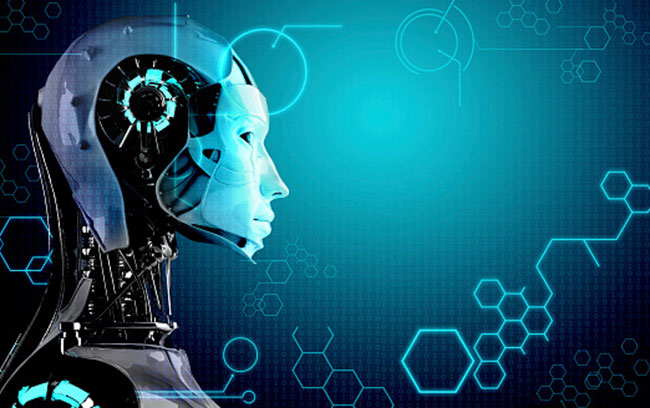There are many advantages to using robotics in the workplace. They can perform heavy-duty tasks with greater repeatability, while humans offer advantages like creativity, decision-making, flexibility, and adaptability. Robotics and humans are already working together to improve their productivity and create a safer work environment for employees. Many European countries have programs to make robotics more accessible to workers, and are promoting safe co-operation between robots and operators. However, this new technology is still in its infancy, and the future of robotics is not yet here.
Computer vision systems work by using image sensors to detect electromagnetic radiation (light infrared or visible form). These image sensors are designed based on solid-state physics, which explains how light propagates and how it forms images. In order to improve a robot’s vision, it can have multiple sensors to compute depth and other characteristics of its environment. Robotics engineers must design the robot’s eyes so that they can focus on an object of interest and adjust to variations in light intensity.
Depending on how far we advance in robotics, robots may resemble humans in the future. They could perform routine tasks or dangerous situations, like deep-sea travel, factory automation, or human job replacement. Some robotics projects are even attempting to create robots that look like humans, which may help them perform their job more efficiently. Some robots even mimic human speech and cognition. Once fully programmed, robots may replace the work of humans, allowing people to focus on their jobs.
South Korea, for example, has some of the highest levels of industrial unions in the world. There are frequent strikes and work stoppages in the country’s manufacturing sector. This affects the auto industry, which is home to many “chaebols,” or large business conglomerates. Robotics may help keep production levels high, so it will be more beneficial than ever to consider investing in the technology. So far, it’s hard to predict what the future holds for the future of robotics.

Remotely controlled robots OriHime-D, developed by Ory Lab Inc. to promote employment of disabled people, serve customers at a cafe in Tokyo, Japan November 26, 2018. REUTERS/Issei Kato – RC142F1E7620 .
Moreover, most robots in use are designed for high-volume production applications, and their advanced capabilities enable them to switch product types without having to stop the production line and reconfigure tooling. In fact, many manufacturing technologies allow robots to change component geometry without changing tools. Using RFID tags, one manufacturer of industrial components is already using dozens of robots to reduce costs and speed up production. So, there’s no reason why we won’t see robots in the near future.
In the near future, we will see robots resembling animals and other animals. The primary idea behind robotics inspired by nature is to create efficient systems like those found in nature. The challenges of developing robotic systems inspired by nature have not changed much over the last 30 years. They include muscle-like actuators, self-healing materials, and computation and reasoning. So far, these are the major challenges in robotics today. It’s time to embrace these challenges and make robotics more efficient.





